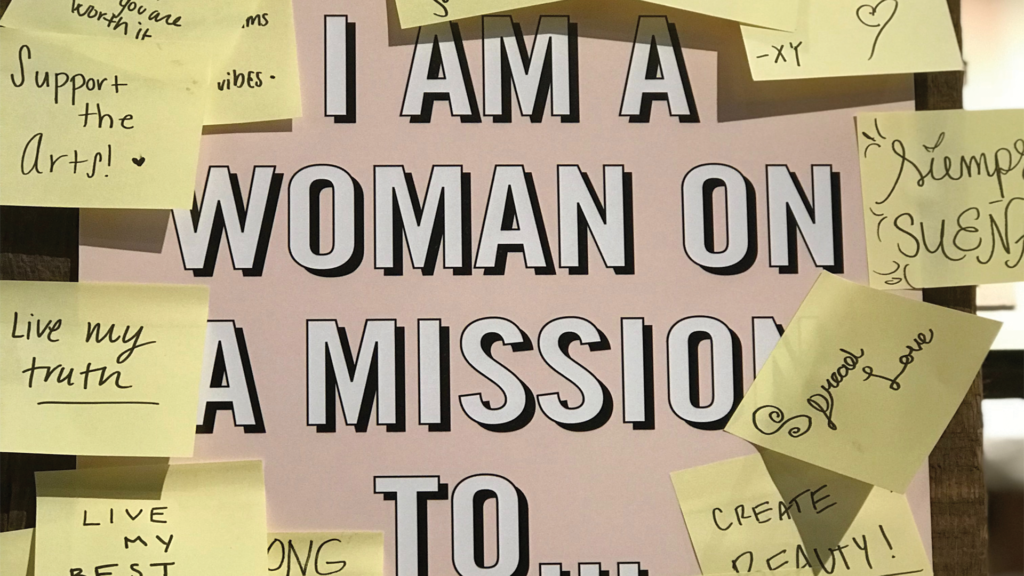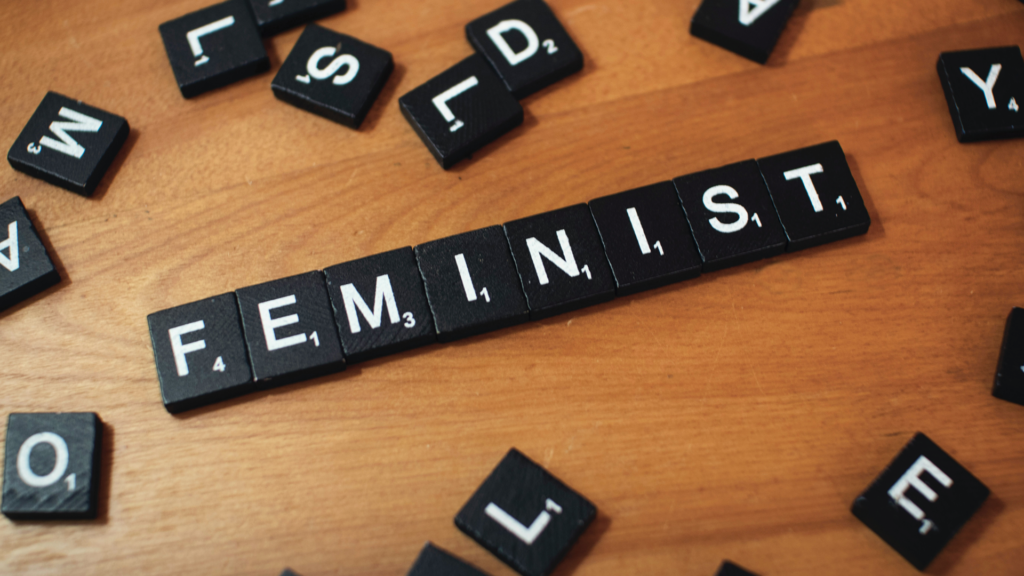
There was a beautiful young girl who used to take care of me when I was three/four years old. I still remember her name. It was Kohinoor. She was a Kohinoor indeed – in looks, demeanour, empathy, work ethics. I remember her because children are binary, they remember either good or bad. And Kohinoor was good in my book. One fine morning, she didn’t come to work. And there was a lot of hush hush around the house. I overheard somewhere that she was found dead and with nothing but bruises on her body in her little room in the slum. Her only crime was that she was too beautiful for her own good. I still remember her alabaster skin, pitch-black long hair, and gorgeous eyes. She shouldn’t have been that beautiful. Didn’t she know she had to pay a hefty price for being so pretty in the class she was born into? And she did. Viciously.
This particular incident somehow stirred my innocent mind. I kept worrying about being found naked and dead. At that early age, I was understandably unaware that she was raped before she was killed. I didn’t know what rape was.
For some reason, I haven’t talked about this until now. I will never forget that beautiful Kohinoor and the nostalgic stories of her hometown she used to share while feeding or playing with me. Kohinoor was kept a secret inside my heart as bright as she continued to shine.
And then when I learnt how to read and started reading newspapers voraciously (not recommended because of the possible trauma associated with reading horrific news on the front page on a daily basis – please note the obvious sarcasm), there were news of rapes and murders all over the papers, with graphic descriptions and pictures. I was mortified. My biggest fear growing up in Bangladesh was being raped. This was one of the reasons I instinctively knew it would be tough for me to conform to absurd rules if I wanted a safe life. And this was also another reason why I wanted to change my own life and the lives of many girls and women in less privileged scenarios.
I was a free bird, I wanted to roam around the streets of Dhaka – never could. Wanted to play badminton with the neighborhood kids – was never allowed to. But looking back though, those were the only ways my parents could protect me like the way that society still tries to protect their daughters. “I want basic human rights” – I told my father when I was ten. He almost had a heart attack. All those books and articles I was glued to brainwashed me, so I was massively unconventional, to say the least. My parents’ protection seemed imprisonment and I would always be boiling inside,. Also, being temperamental and rebellious, at every little “no”, I would try to run away from home. In retrospect, it’s pretty funny since I didn’t really know where I was going. But I would put a couple of books in a bag and start walking even in the middle of the night. Obviously though, I couldn’t even walk a block and there would be someone my dad sent to get a hold of me and usher me back home. As much as I resented my captive childhood, I cannot thank them enough now for saving me from all kinds of barbarism. Harassments here and there – oh those are normal, right? Weren’t we taught to disregard them, as part of being a “girl”? Unfortunately, those I couldn’t avoid. Nevertheless, the two animals who publicly groped me at New Market (again, so normal, it’s not even worth mentioning), even if they forget the names of their mothers, they would never forget my beatings. Guaranteed. Yes, I was a fearless and “take no prisoners” kind of girl. But I was a constant worry for my parents and my safety was their priority. I was fortunate for having the choice of being caged or being violated. My parents chose the cage.
Why is Kohinoor on my mind? And why am I sharing a very personal anecdote that was kept buried until now? That’s because, in the last couple of months, our subcontinent was shaken by the news of some unspeakable vicious events. It personally shook me to the core. I was able to escape that society but the other 99% could not. Do not think for a second that violence against women is only confined to that part of the world. It is a truly global phenomenon. I was fortunate enough to have escaped my fate of lifelong restrictions, and I can at least choose to live in places where I can be as free as humans are entitled to be. There is also hope for some justice when these ill-fated events do take place.
Following those incidents, the subcontinent erupted in emotion and anger online and offline. Rightfully so, but basic human psychology – we forcefully react fast and blissfully forget faster.
We at HerWILL did not want to be in the reactive mode. All of us were speechless and numb with inexplicable feelings after those incidents. Then we gathered ourselves up and got into the strategizing mode to go for a systemic gradual solution. What are the root causes of these animalistic behaviours? Why do abusers/criminals become what they are? What happens to the victims? How do they get over the trauma? We wanted to start with answering some basic questions. We will scream till the cows come home but we won’t find solutions unless we go to the root causes of the problem. How do we raise our children? How do we teach them to be good human beings and get them out of their gender-based roles and behaviours? As parents, the responsibilities start with us, then the school systems, the surroundings, workplaces. But home is where the source of the solution is. What kind of education are we giving our children that teach them about natural biological phenomena, the reasonable expression of them, and then show them the right from wrong? We do not undermine the complexities of the solution. But we can start by understanding them. And that’s our goal at HerWILL.
Let’s not ever be desensitized of the horrendous news of one Kohinoor after Kohinoor. One more brutal than the last one. Let’s keep raising our voices, let’s keep learning and educating, let’s keep investing in women, let’s keep putting pressure on bringing lasting changes that give us a violence-free world.
IF NOT NOW, WHEN?

